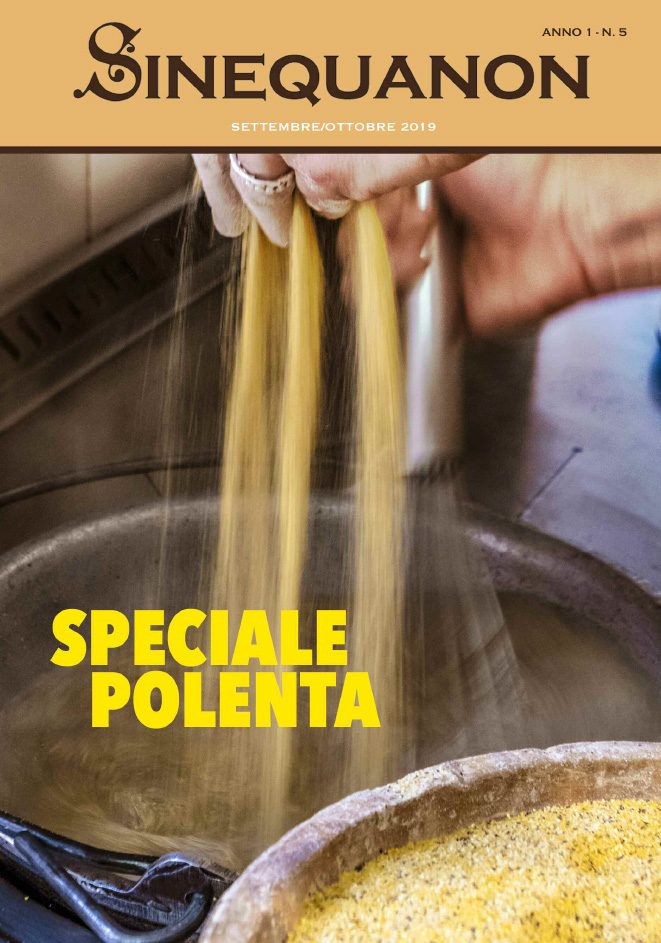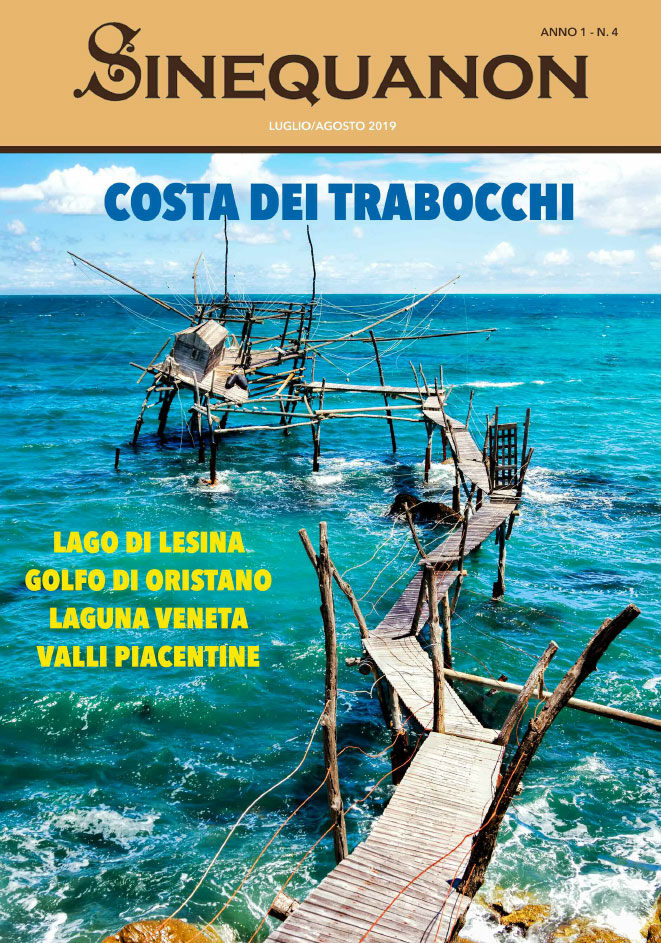Text and Photos by Pamela McCourt Francescone
I sat down at a table outside the only bar on the dusty little square and ordered a cup of tea. A cup of Peruvian coca tea because I was in Ollantaytambo, in the Sacred Valley of the Incas, not far from the ancient Inca capital of Cusco, a stunningly beautiful golden city, which the Quechua people (better known as the Incas) called Qos?co, the ?navel of the world.?

Coca tea is not made from cocaine, although it does contain traces of the alkaloid as well as potassium, magnesium, iron and vitamins and is a nutritional supplement and pharmaceutical remedy that has been used in Peru for centuries.
The dark leaves swam in the cup and the taste was flat and somewhat bitter. I had been told to drink lots of it as it helps combat altitude sickness, or soroche as the Peruvians call it, and I was taking this advice as that morning I had flown into Cusco which is 3,326 metres above sea level.

Then on the way to the Sacred Valley we had stopped at a point which was almost 4,000 metres high. Almost half the height of Mount Everest I had thought. The stop was to admire the deep valley of the Urubamba, the river the Incas followed to build their sacred sanctuary of Machu Picchu.

At the side of the road some women were selling colourful hats, scarves and ponchos. Two little children, perhaps 3 and 5, their cheeks blackened and scorced by the sun and the rarefied air, played beside them. I sat down with them. The little girl giggled shyly, but her brother avoided my eyes. In his eyes the age-old stoicism and resignation of a people for whom survival was not an option after the arrival of the conquistadores.
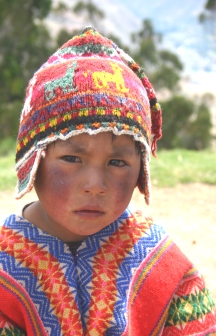
The only sign that Oyallantaytambo was so high up was the marked shortness of breath I had experienced climbing the terraces of the Inca fortress, up to the temple at the top of the 700-year-old construction, under the beating midday sun. It was from these terraces that the conquistadores suffered one of their few defeats in an armed conflict when the Inca Emperor Manco Inca forced Hernando Pizzarro (brother of Francisco who eventually wiped out the Inca or Quechua people) to retreat, thanks chiefly to the impossibility of scaling the impenetrable fortress.
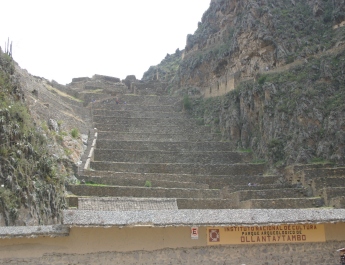
Alas, Manco Inca?s triumph was shortlived as Pizzarro returned with so many troops that the emperor was finally forced to flee to his jungle fortress at Vilcabamba.
The drainage channels along Ollantaytambo?s narrow cobbled streets are just one of the many examples of Inca urban planning left in Peru, and even today the townspeople people live in houses clustered around small courtyards behind high stone walls made of the huge boulders typical of Inca constructions.

The warm wind blowing down the valley was picking up swirls of dust which did nothing to make my tea more appetising so I decided to move inside. I was the only customer and a waiter came rushing over to pull out a chair. Like Maité, he too was a local, a Quechua from a nearby village. These modern Incas are short, lithe, and dark skinned. And many have the typical Inca profile with a strong curved nose. As did my waiter. His name was Moises and he came from a small village in the mountains above Ollantaytambo. We chatted about the tea which he swore was a remedy for all ills. And, seeing me look around, asked if I liked the room.

?We have just decorated it, these are new lights,? he said pointing to the large metal masks with light bulbs behind them which threw deep shadows across the room. I said the effect was striking. ?We asked the curandero,? he said. ?He told us what materials to use, wood for the floor, and metal on the walls, and also water, he said pointing to the stainless-steel sink behind the bar. ?He also gave us our protector,? he said waving to a dark niche on the wall. ?Your protector?? ?Yes, the curandero said he had been a good man, and that his skull would protect us.? I nodded and finished my tea and Moises gave me some coca leaves. ?Keep one in your wallet,? he said. ?It brings good luck.?
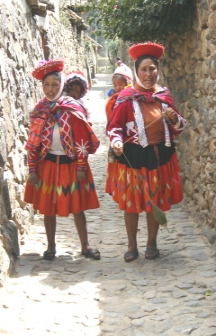
On the way back to the bus the guide Clara, who was also Quechua, darted into a side street, coming back with two small, colourfully-dressed women with babies slung on their backs. They laughed and chatted and she said they were friends, from a neighbouring village to hers, higher up in the mountains. Their names were Santuzza and Ambrosia and they were 19 and 23. We asked about their babies, two tiny bundles wrapped in brightly-coloured cloths, with elaborate frilled bonnets framing rose-bud faces. Santuzza?s baby, her first, was four months old and was called Roxanna while Ambrosia had three children and was carrying her new baby Julius Caesar, on her back. Clara told us they came to town on Sundays, dressed in their traditional costumes, to make some money by getting their photos taken with tourists. The rest of the week, they worked the fields and looked after their families.

She said they would sing a Quechua song for us. It was repetitive and they sang it in low sing-song voices. It would have been hard to remember or whistle the tune. They waved until we were out of sight. Brief encounters on a windy and sultry afternoon. But if you are interested in human nature, however brief, they are one of the great pleasures of travel

